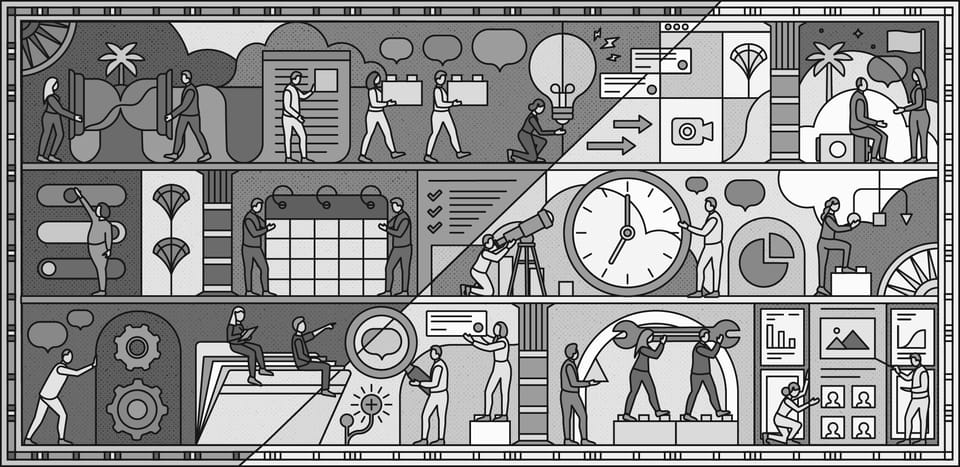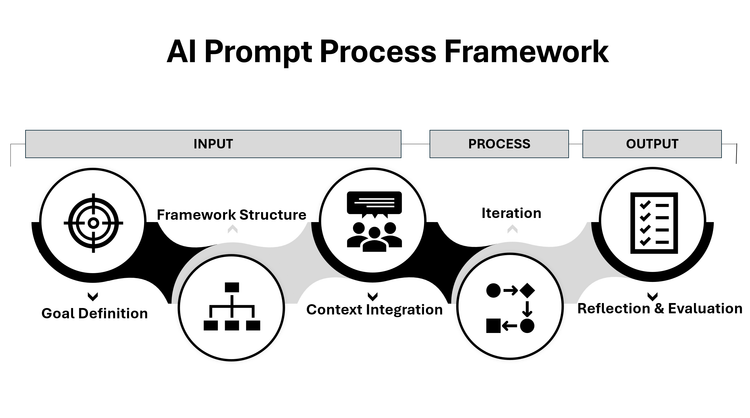The Missing Link in Project Management Tool Implementation: Why You Need a Transition Strategy

I recently completed the Asana Workflow Certification Course—a well-structured, practical course that does a solid job of guiding users on how to optimize workflows and collaborate efficiently within the Asana environment. But while the course delivered on its primary objective, I couldn’t help but notice a glaring omission—one that organizations routinely overlook when adopting new tools:
The transition strategy.
More specifically, the course didn’t address how to manage the critical period in which both the new and old systems are used simultaneously. And yet, from my experience, this is one of the most underestimated and high-risk phases in any digital transformation effort.
The Reality of Transition Periods
When companies decide to roll out a new project management tool—whether Asana, Monday.com, Jira, or another platform—they typically put significant effort into selecting the right software, customizing it, and training staff to use it.
What they often neglect, however, is how people will operate during the overlap: when the old tool isn’t quite gone, and the new one isn’t fully embedded.
This is where things get messy. Teams are unclear on where to update tasks. Deadlines fall through the cracks. Some departments resist switching until the very last minute, while others charge ahead. The result? A chaotic hybrid workflow where no one knows what the “source of truth” is anymore.
And once confusion sets in, adoption suffers. People lose trust in the new tool before it has the chance to prove its value.
Why Transition Periods Fail
From my observations, here are the top reasons organizations struggle during transition periods:
1. Lack of Planning for Parallel Use: Leadership often assumes an overnight switch is possible. In reality, parallel use is inevitable. But without structure, it becomes disorganized and counterproductive.
2. No Clear Ownership:
Who’s responsible for managing the migration process? Without defined roles or transition champions, the effort falls into a grey area, and accountability disappears.
3. Change Fatigue:
Employees are already juggling their day-to-day responsibilities. Introducing a new tool without addressing the pain of the transition leads to resistance, or worse—superficial adoption.
4. Communication Gaps:
Often, people don’t know why the new tool is better, how long the transition will take, or what’s expected of them. When communication is vague, rumors and reluctance fill the gap.
Building an Effective Transition Strategy
If we accept that the transition period is the most fragile phase of a tool implementation, then we need to treat it with the same care as we would product training or workflow mapping. A strong transition strategy includes:
1. Defined Timelines and Milestones
Set a realistic timeline for the transition. Break it into phases (e.g., pilot, partial rollout, full migration) and tie each to clear milestones. Make sure all departments are aligned on these checkpoints.
2. Single Source of Truth
Decide early on where updates must be made during the overlap. Is it still the old tool? Is it now the new one? Or is there a temporary bridge? Make this known to everyone—and enforce it consistently.
3. Transition Champions
Appoint team leads or early adopters to act as champions. These could be the stakeholders who piloted the new tool. They can help others navigate the change, answer quick questions, and provide feedback to the implementation team.
4. Overlap Training
Don’t just train teams on how to use the new tool in isolation—train them on how to work within the dual-system phase. Provide examples of how specific workflows will change temporarily during the transition.
5. Two-Way Communication
Communicate frequently, yes—but also listen. Provide channels for teams to voice concerns or suggest improvements. Transition strategies are never perfect from day one; they need to evolve based on real-time feedback.
The End Goal: Confidence in the New System
At the end of the day, your goal isn’t just technical implementation—it’s behavioral adoption. You want people to feel confident, competent, and committed to the new way of working.
By prioritizing the transition strategy, you reduce the risk of confusion and resistance. You also build a stronger foundation for the long-term success of the tool. It’s a simple truth: tools don’t fail—implementations do. And implementations fail when they don’t guide users through the in-between.
So whether you’re implementing Asana or any other project management platform, don’t just plan for the “before” and “after.” Put equal focus on the messy middle, where most change efforts live or die.





Member discussion